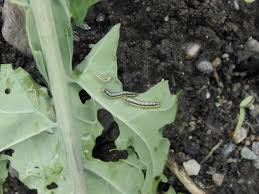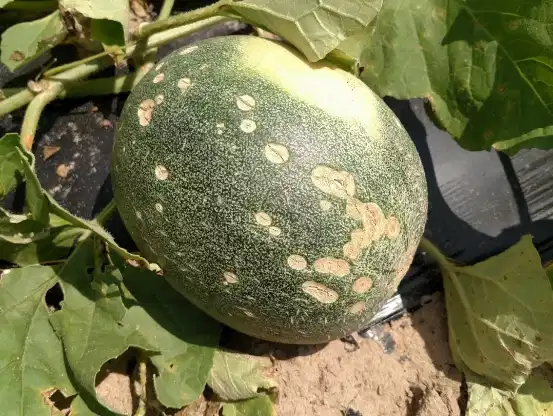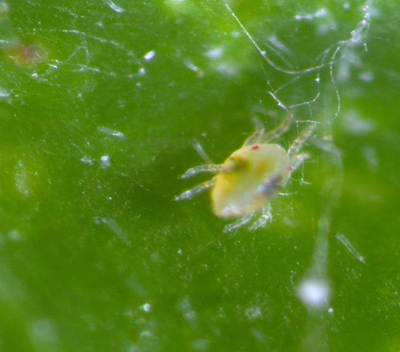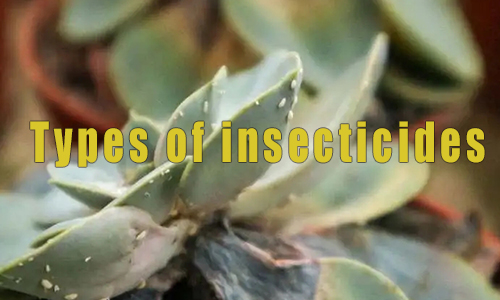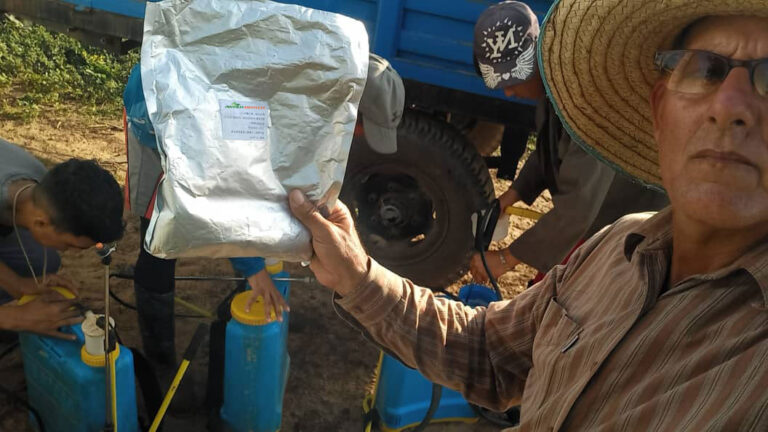Speaking of the glyphosate-based herbicides, everyone may be familiar with it. In 1974, Monsanto was first listed in the United States under the trade name “roundup” and is now acquired by the German company Bayer. It has been nearly 50 years since the herbicide varieties were put on the market. It has grown into the world’s largest herbicide sales variety.
Glyphosate in a broad sense is the general name for various glyphosate salts. Glyphosate in the narrow sense refers to glyphosate acid.
Prices have been on a rollercoaster ride in recent years. Originally, the application market had stabilized. However, China’s registration of genetically modified staple crops has brought it back into the hot search.
Glyphosate, chemical name is N-(phosphomethyl)glycine. The chemical formula is C3H8NO5P. It is an organophosphate herbicide, a systemic conductive broad-spectrum herbicide.Product information:
It is usually made into isopropylamine salt or sodium salt when used. Glyphosate-based herbicides salts are more easily soluble in water. Its isopropylamine salt is the active ingredient in the famous herbicide trademark “Roundup”.
Transport conduction:
Plant cuticles and stomata absorbed glyphosate .Its main mode of transportation is to transport photosynthetic products from the phloem to the vigorously growing parts.
Mechanism of action:
Glyphosate is a chronic broad-spectrum herbicide. Mainly inhibits enolpyruvyl shikimate phosphate synthase (epsps) in plants. Thereby inhibiting the conversion of shikimic acid into phenylalanine, tyrosine and tryptophan. Interference in protein synthesis leads to plant death.
Degradation products:
Mammals: Glyphosate targets and blocks a plant metabolic pathway not found in animals – the shikimate pathway. Mammals can escreted glyphosate after oral ingestion. and does not bioaccumulate.
Green plants: The main metabolite in plants is aminomethylphosphonic acid. Soil strongly adsorbs glyphosate. At the same time, it quickly combines with iron, aluminum and other metal ions in the soil and loses activity.
Soil and water: The main degradant in soil and water is also aminomethylphosphonic acid.
Product characteristics:
After glyphosate put into the soil, it quickly combines with iron, aluminum and other metal ions and loses its activity. However, it has no adverse effects on seeds and soil microorganisms lurking in the soil.
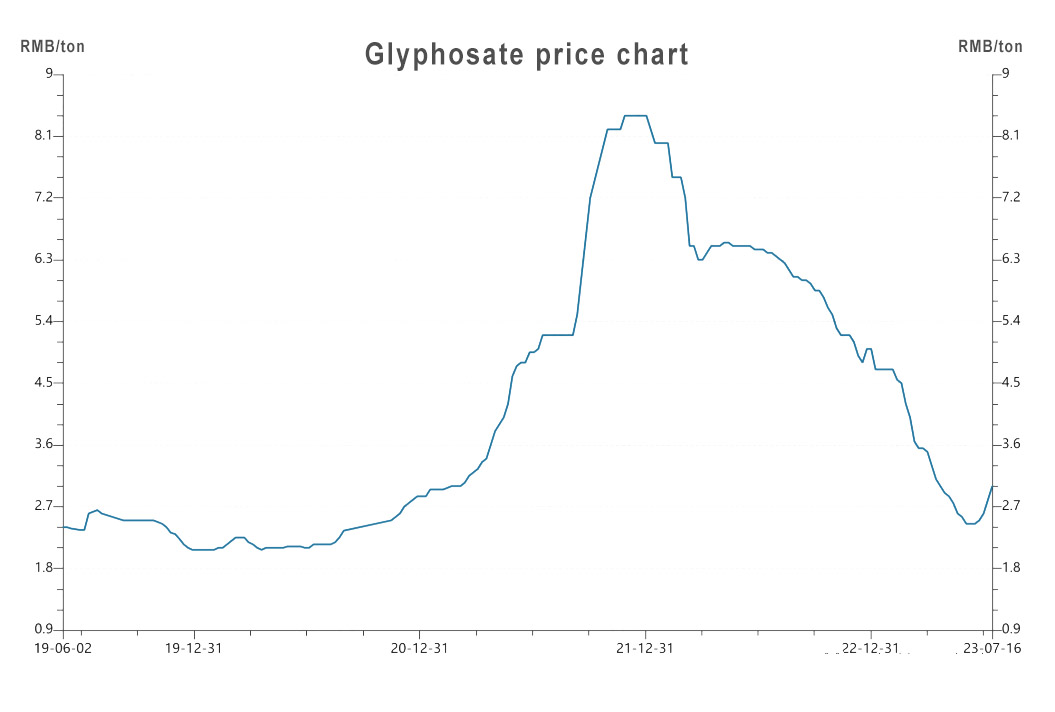
Original drug price information:
This figure basically reflects the shock changes of glyphosate technical material in recent years. After October, everyone is bullish on the glyphosate market. So the cost of glyphosate technical material is rising due to the main demand for replenishment. It is currently 30,000/ton. Therefore, the wait-and-see sentiment dominates the market, and we dare not rush to restock on a large scale.

